Great inventions that weren’t appreciated at first
In the grand tapestry of human innovation, some inventions have taken a winding road to recognition, initially met with skepticism or outright disdain. These underappreciated marvels, although now integral to daily life, were once seen as novelties or even unnecessary. This article takes you on a journey through history, spotlighting inventions that had to overcome public doubt before securing their place in the world. Let’s begin with the telephone, a device that has transformed the way we communicate.
The Telephone: Alexander Graham Bell’s Overlooked Marvel
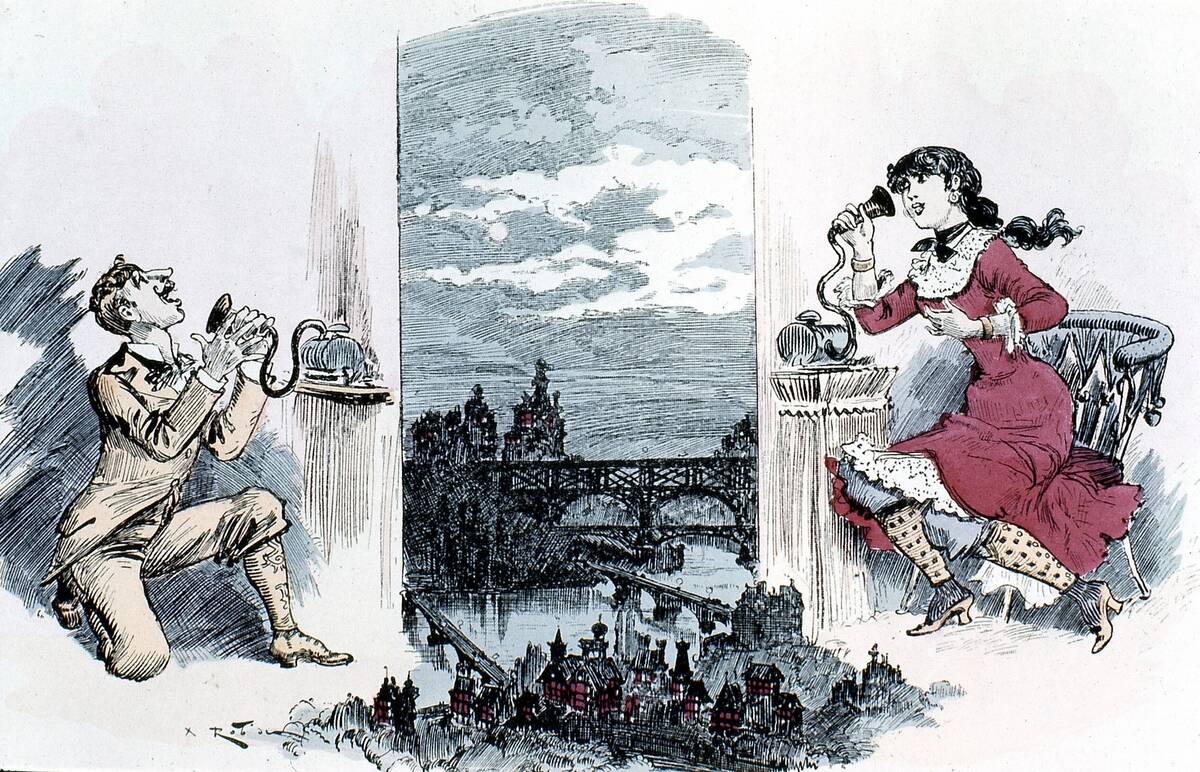
When Alexander Graham Bell invented the telephone in 1876, it wasn’t immediately hailed as a breakthrough. Many people questioned the need for a device that could transmit voice over wires, especially when the telegraph was already in use. Bell himself faced skepticism from investors and struggled to convince them of the telephone’s utility. Today, it’s hard to imagine life without this essential communication tool, yet it started as a simple curiosity.
The Light Bulb: How Edison’s Bright Idea Faced Dim Reception
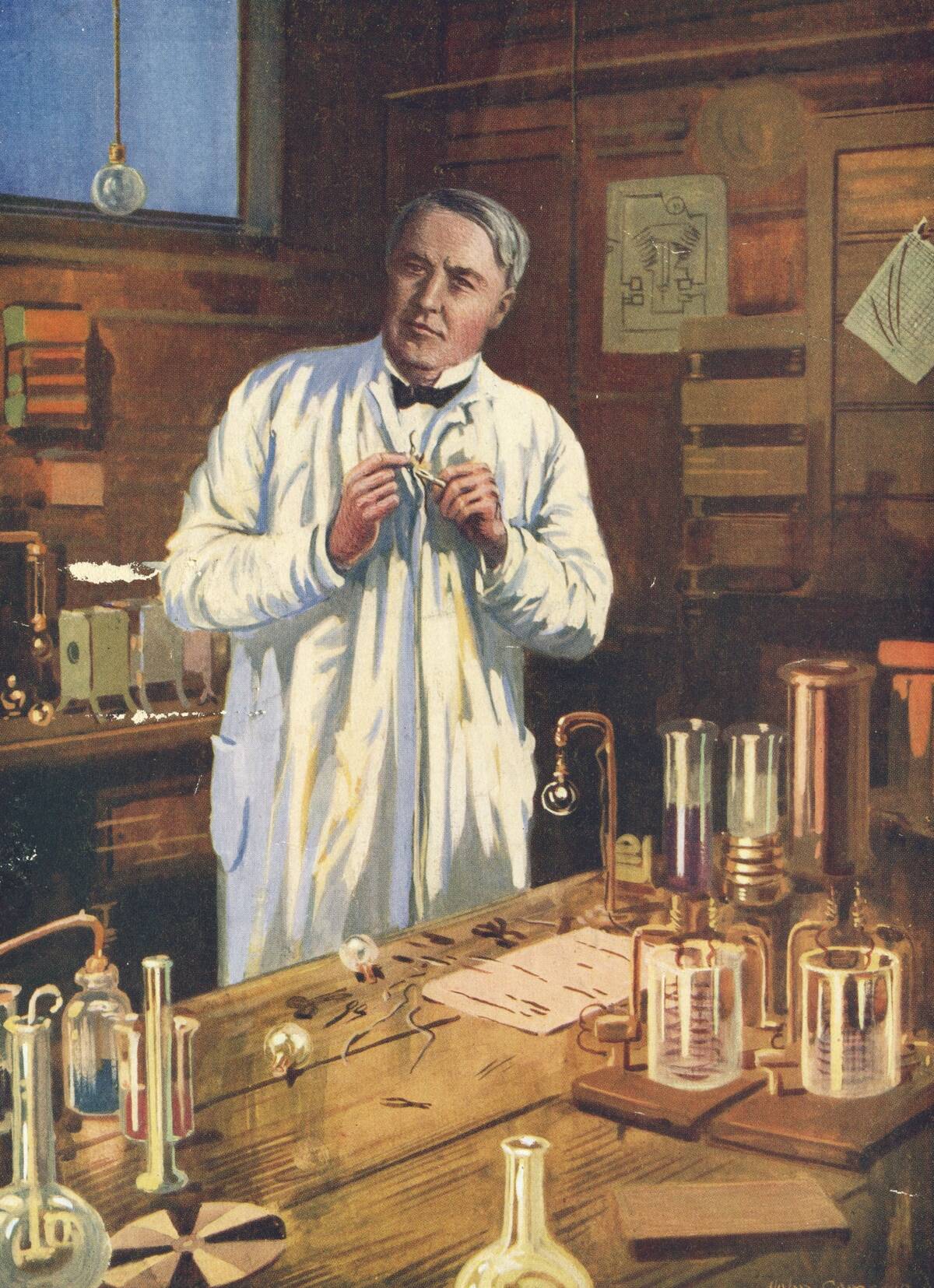
Thomas Edison’s light bulb, patented in 1879, promised to illuminate homes and streets more efficiently than gas lamps. However, it initially faced resistance due to the high cost of electricity and the lack of infrastructure. Many people doubted its practicality, but Edison’s persistence paid off. His vision eventually sparked the widespread adoption of electric lighting, transforming cities and making nighttime activities possible.
The Automobile: Horseless Carriages and Skeptical Stares
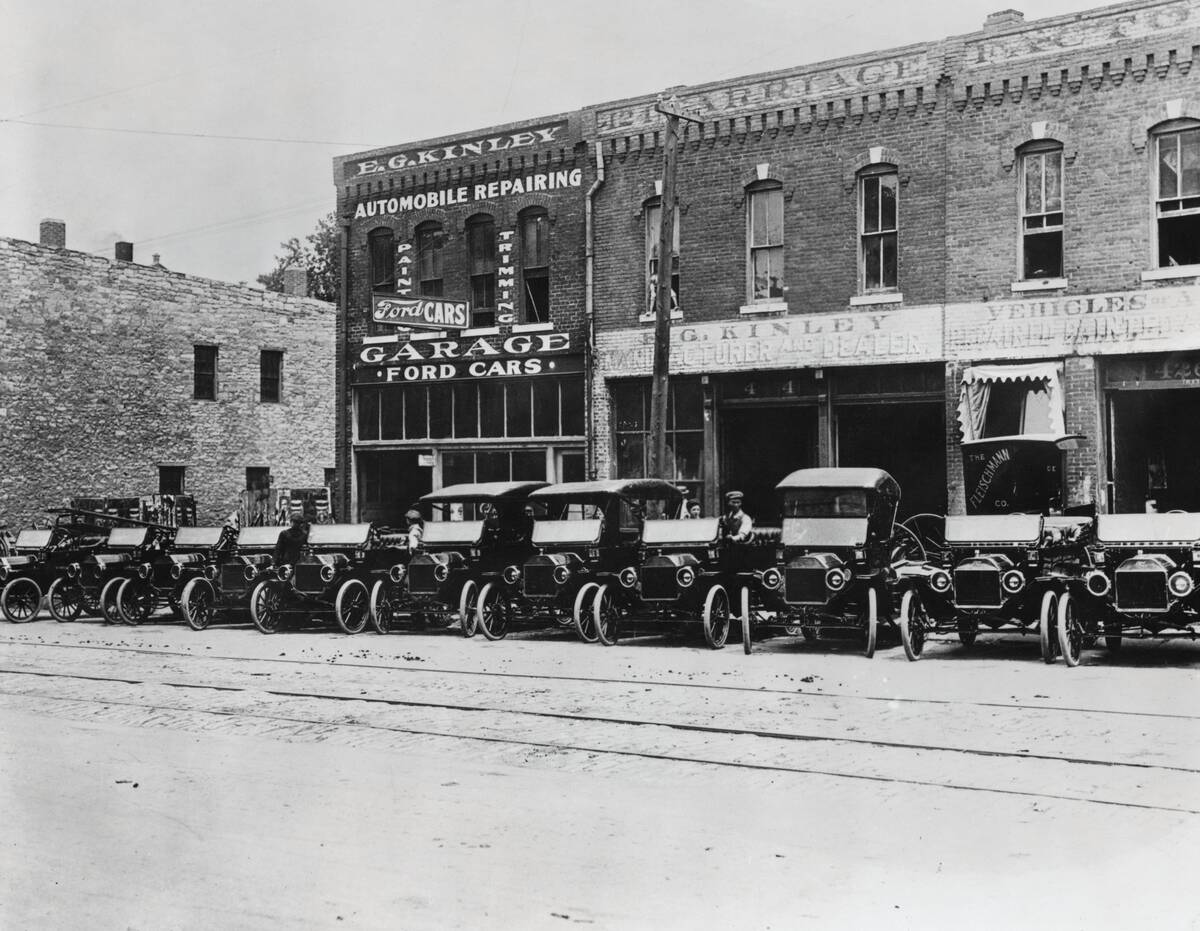
The automobile, first brought to life in the late 19th century, was met with skepticism and even fear. Roads were built for horses, not horseless carriages, and many questioned the safety and reliability of these noisy machines. As Henry Ford’s assembly line made cars more affordable, perceptions shifted. The automobile revolutionized transportation, reshaping cities and lifestyles in ways that once seemed unimaginable.
The Airplane: From Ridiculed Flight to Soaring Success
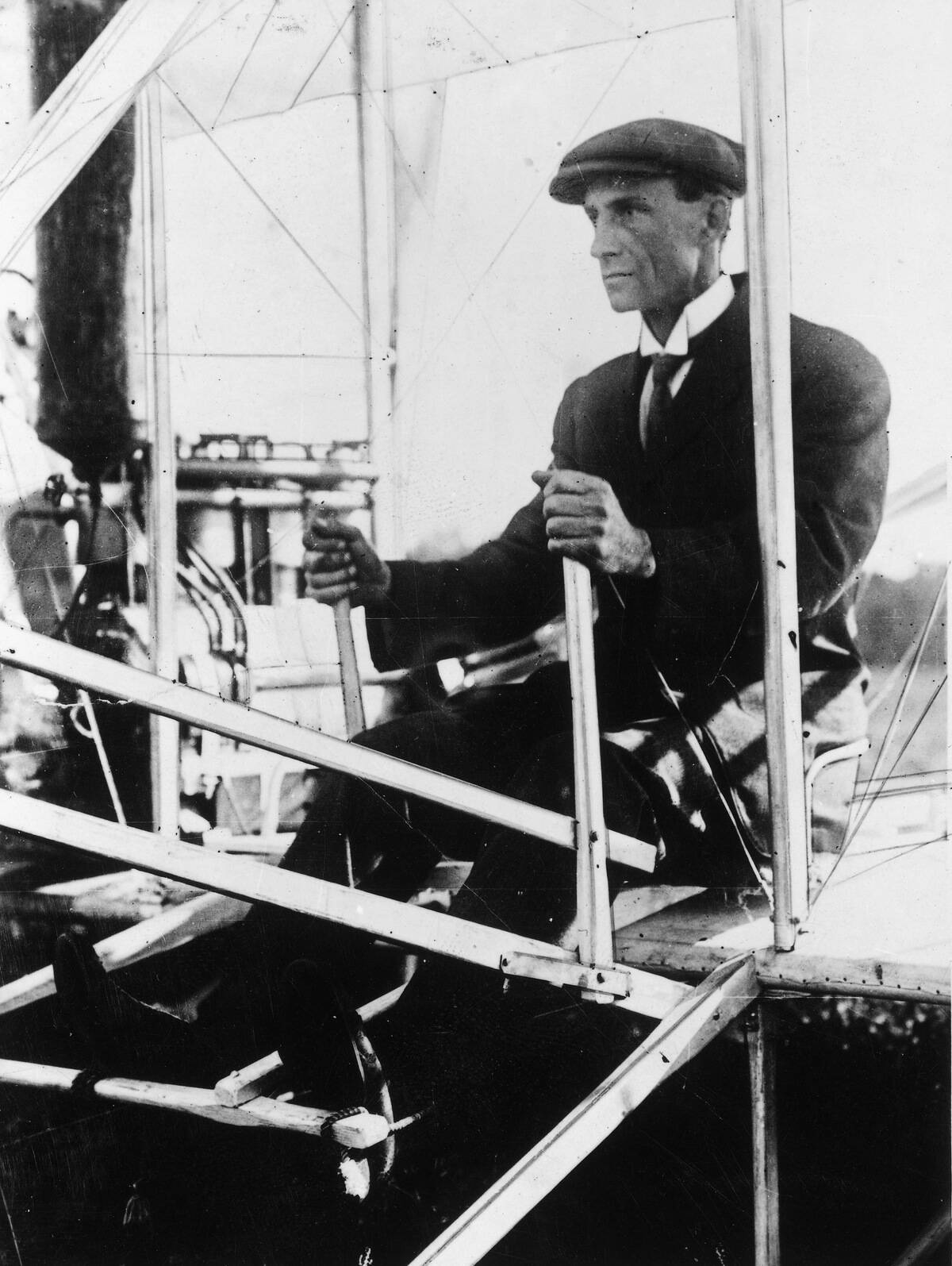
The Wright brothers’ first powered flight in 1903 was a monumental achievement, yet it faced ridicule and disbelief. Many people considered controlled flight a fantasy. Over time, as aviation technology advanced and airplanes demonstrated their utility, public opinion soared. Today, air travel is a cornerstone of global connectivity, but it all began with a daring dream that defied gravity and skepticism alike.
The Personal Computer: A Novelty Turned Necessity
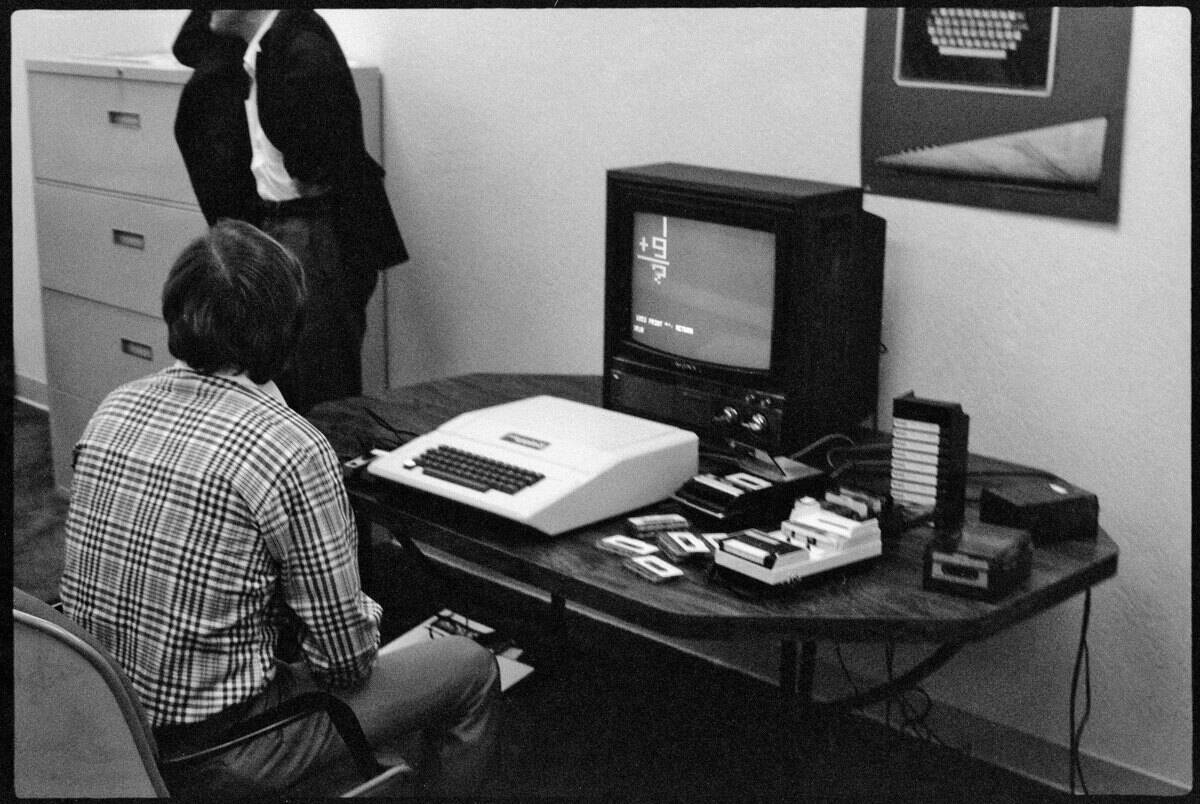
When personal computers emerged in the 1970s, they were seen as toys for hobbyists or tools for business elites. Few could foresee their ubiquity in homes and offices worldwide. As technology evolved, so did the capabilities of personal computers, eventually making them indispensable for work, education, and entertainment. This once niche device has become a staple of modern life, essential for navigating the digital age.
The Internet: A World Wide Web of Doubt
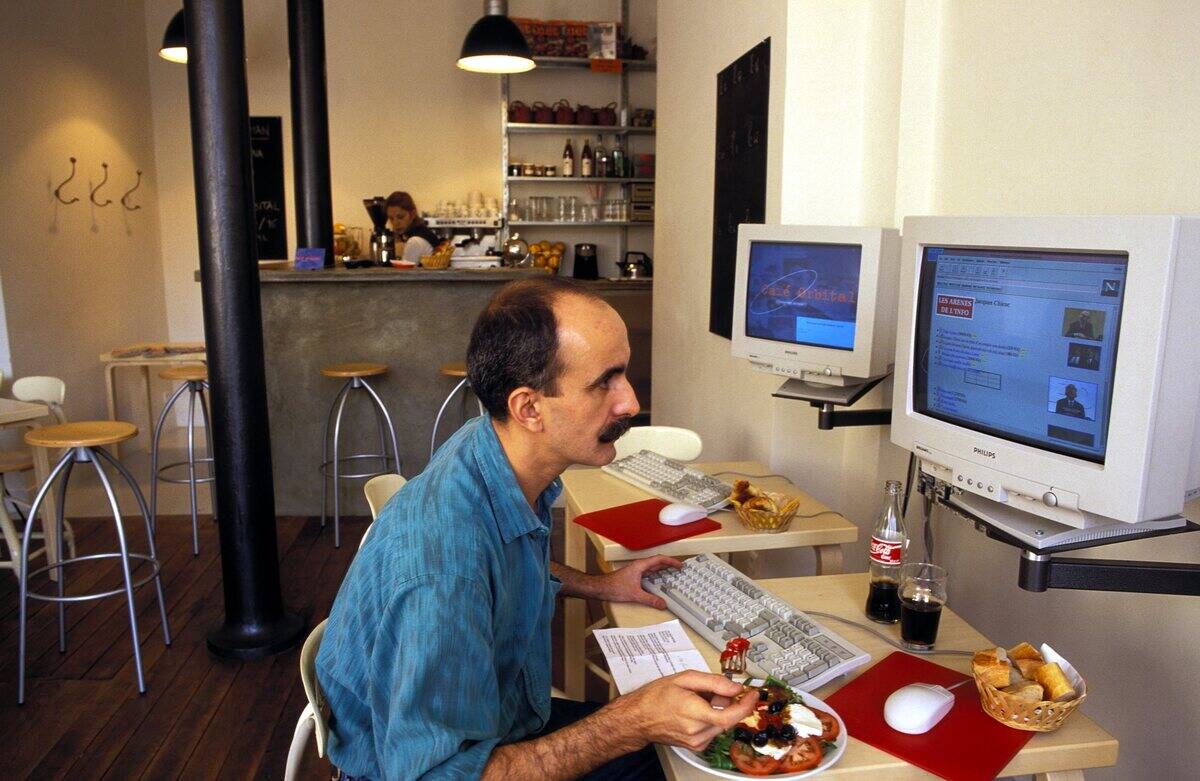
In the early days of the internet, it was dismissed by many as a passing fad. Skeptics doubted its potential beyond academic and military uses. However, as more people connected and explored its possibilities, the internet reshaped communication, commerce, and culture. From email to e-commerce, this global network has become a critical infrastructure, proving skeptics wrong with each new innovation.
The Microwave Oven: Nuking Away Culinary Skepticism
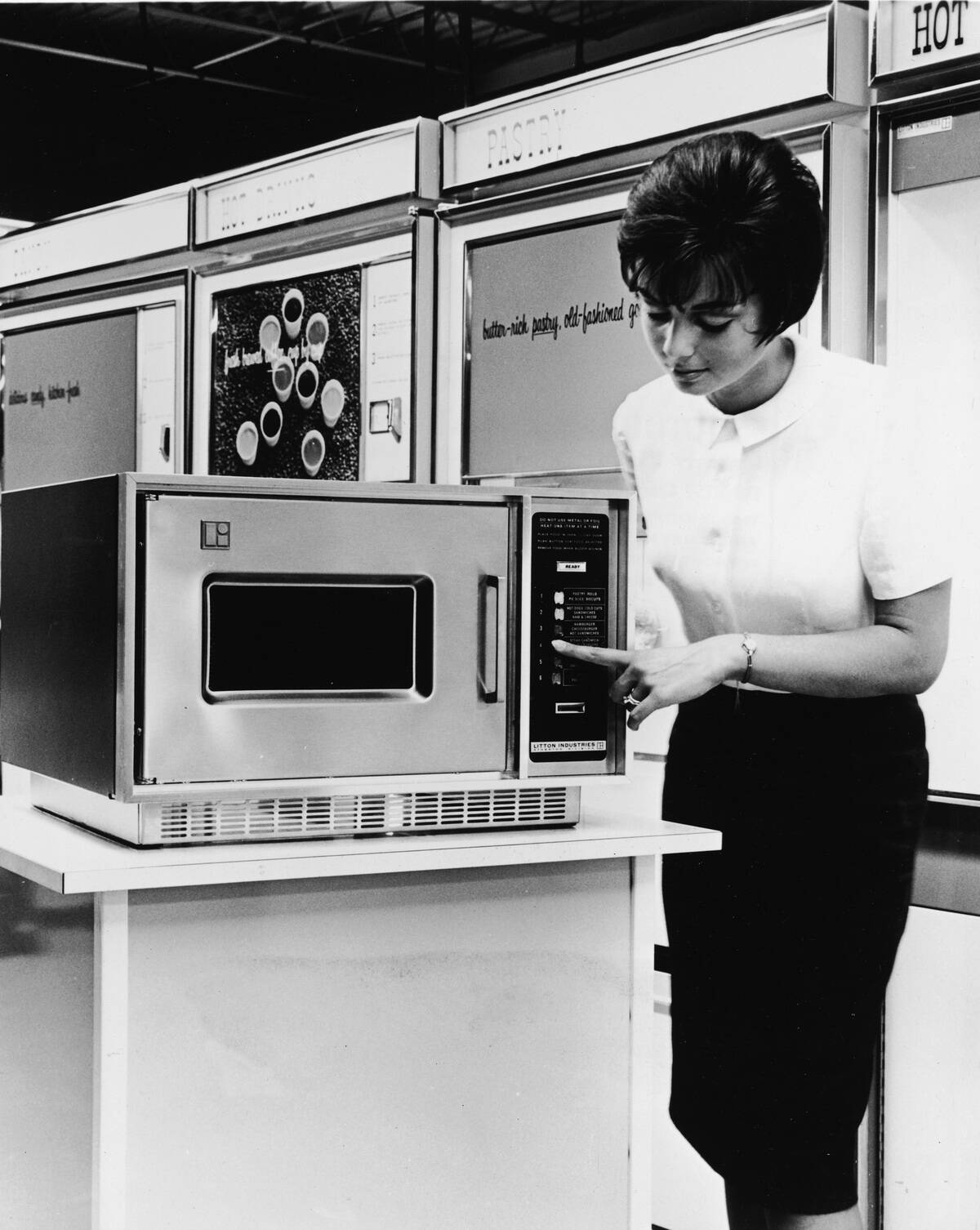
Introduced in the 1940s, the microwave oven initially puzzled consumers. Concerns about radiation and doubts about cooking quality made many wary. Over time, as convenience and speed proved irresistible, it became a kitchen staple. Today, the microwave oven is celebrated for its ability to quickly reheat leftovers and cook meals, a testament to how perceptions can shift with time and experience.
The Television: From Box of Boredom to Family Staple
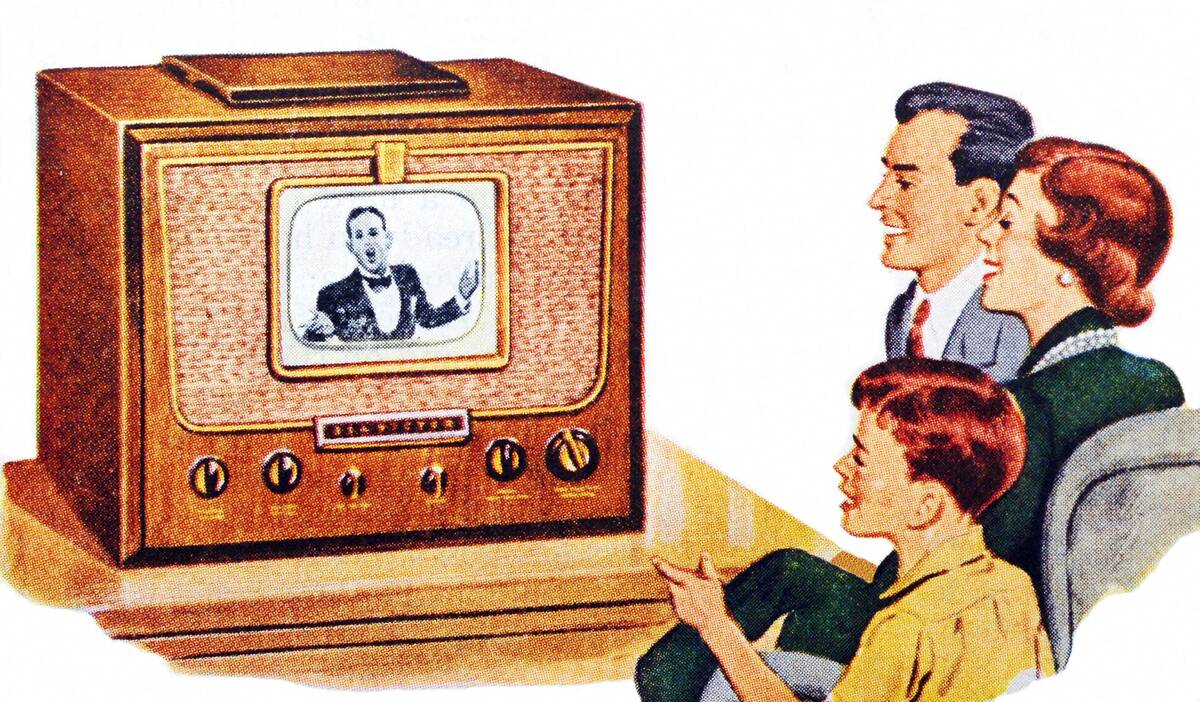
Early television sets in the 1930s were bulky, expensive, and offered limited programming. Critics doubted its potential to entertain or inform. As technology improved and content expanded, television became a central part of family life. It evolved into a powerful medium for news, sports, and entertainment, shaping popular culture and bringing the world into living rooms everywhere.
The Zipper: A Fastener Solution That Wasn’t Fast Enough

The zipper, invented in the early 20th century, faced a slow start in gaining acceptance. Initially, it was seen as unreliable compared to buttons and hooks. It wasn’t until the 1930s, when the fashion industry embraced it for its convenience, that the zipper zipped into mainstream use. Today, it’s hard to find a wardrobe without this simple yet ingenious fastening device.
The Umbrella: Rainy Days and Reluctant Beginnings
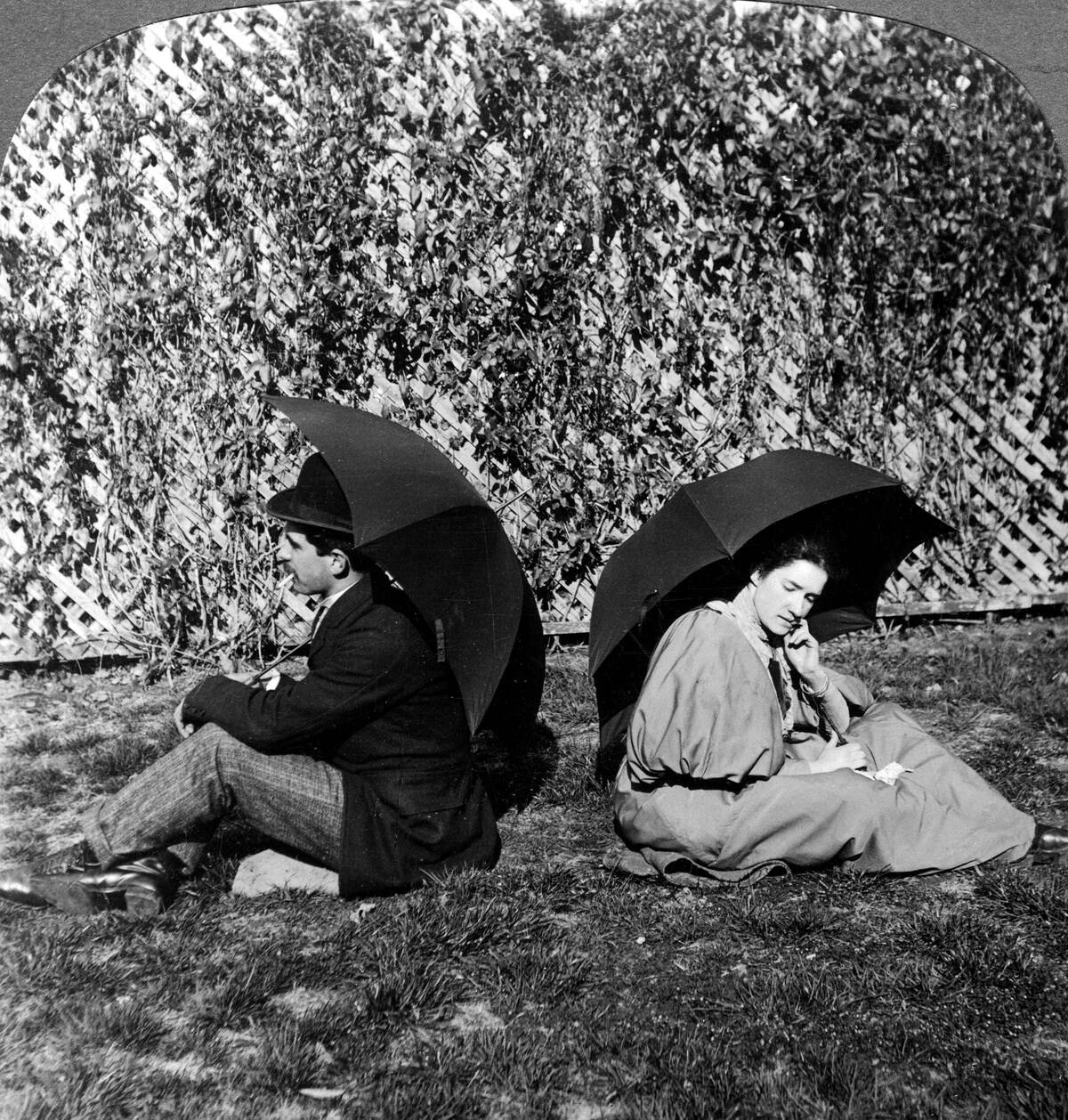
The umbrella, as we know it, originated in the 18th century but wasn’t immediately popular. Many viewed it as an accessory for the upper class or a cumbersome gadget. As its practicality in protecting against rain became evident, umbrellas gained popularity across social classes. Nowadays, they’re an essential item in any rainy-day arsenal, offering shelter from the storms.
The Bicycle: A Two-Wheeled Revolution That Took Time to Roll
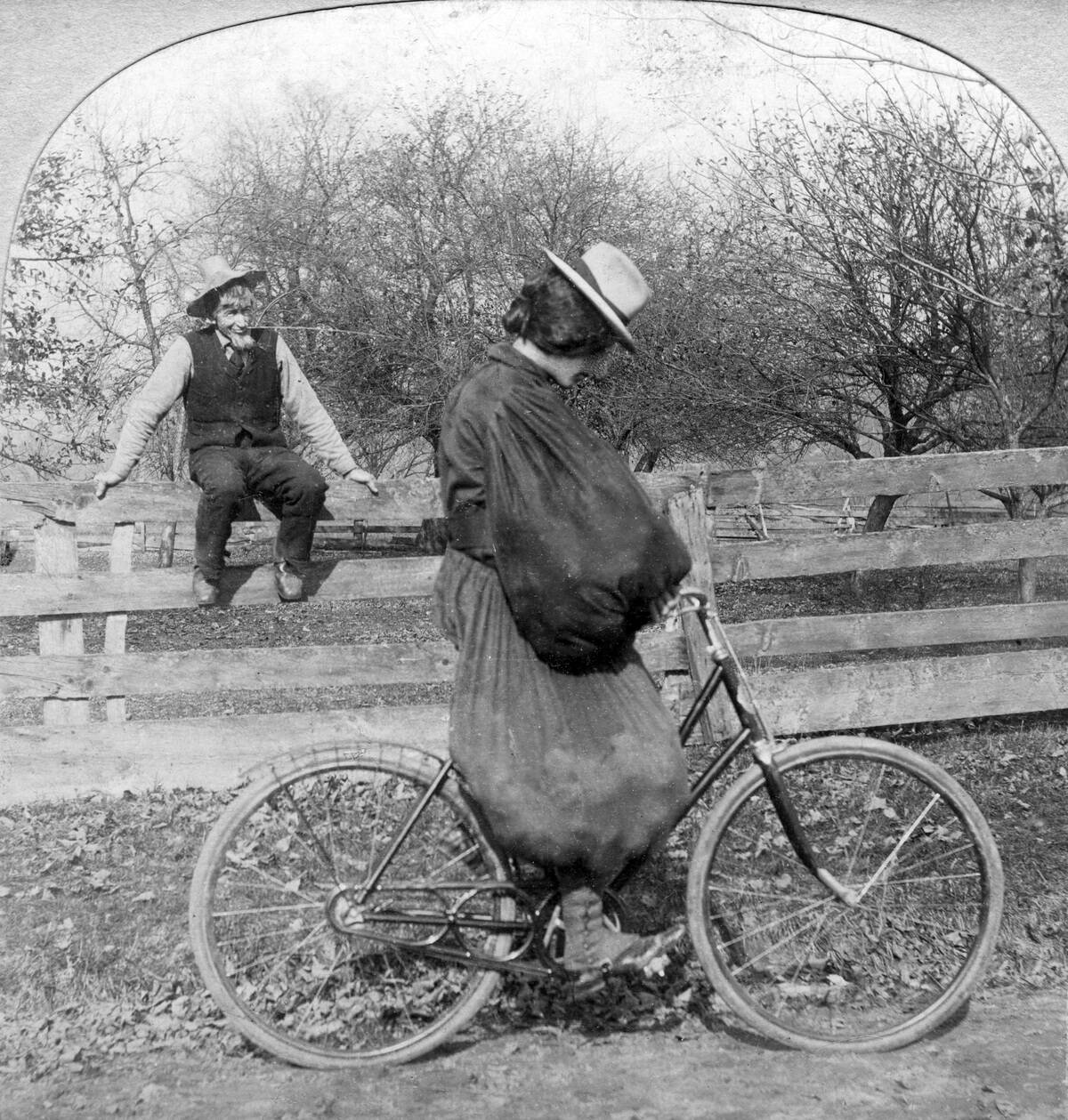
Bicycles, introduced in the 19th century, initially faced skepticism due to concerns about safety and practicality. Critics dubbed them “devil’s carriages” and questioned their utility. As designs improved and cycling clubs emerged, bicycles became a popular mode of transportation and recreation. This two-wheeled wonder now enjoys a global presence, celebrated for its health and environmental benefits.
The Latex Glove: Hygiene Hero with an Unenthusiastic Start
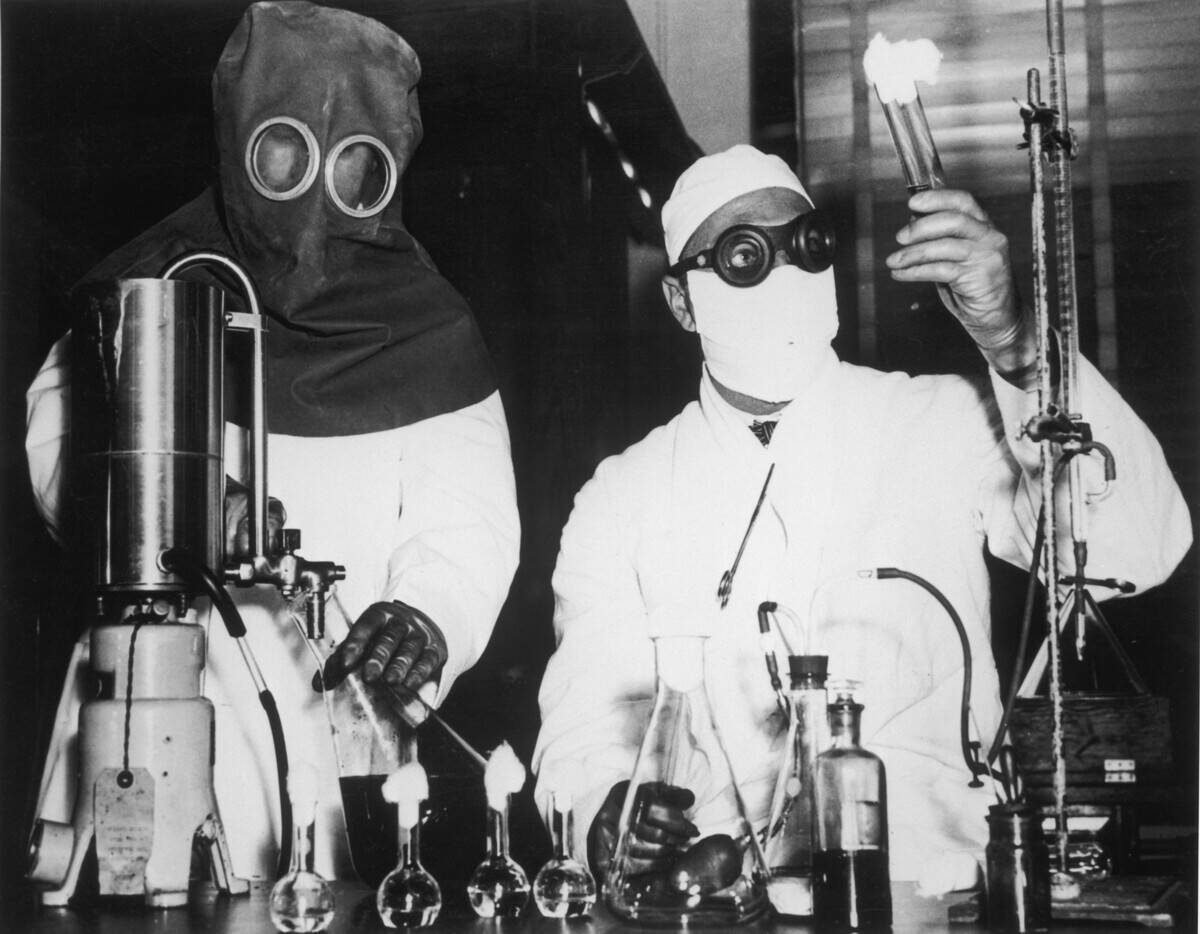
Latex gloves, introduced in the 1890s, were initially met with reluctance in the medical field. Concerns over comfort and dexterity made many practitioners hesitant. However, as the importance of hygiene and infection control became clear, their use spread rapidly. Today, latex gloves are a staple in healthcare settings, protecting both patients and providers with a simple layer of safety.
The Coffee Filter: Brewing Up Acceptance One Cup at a Time
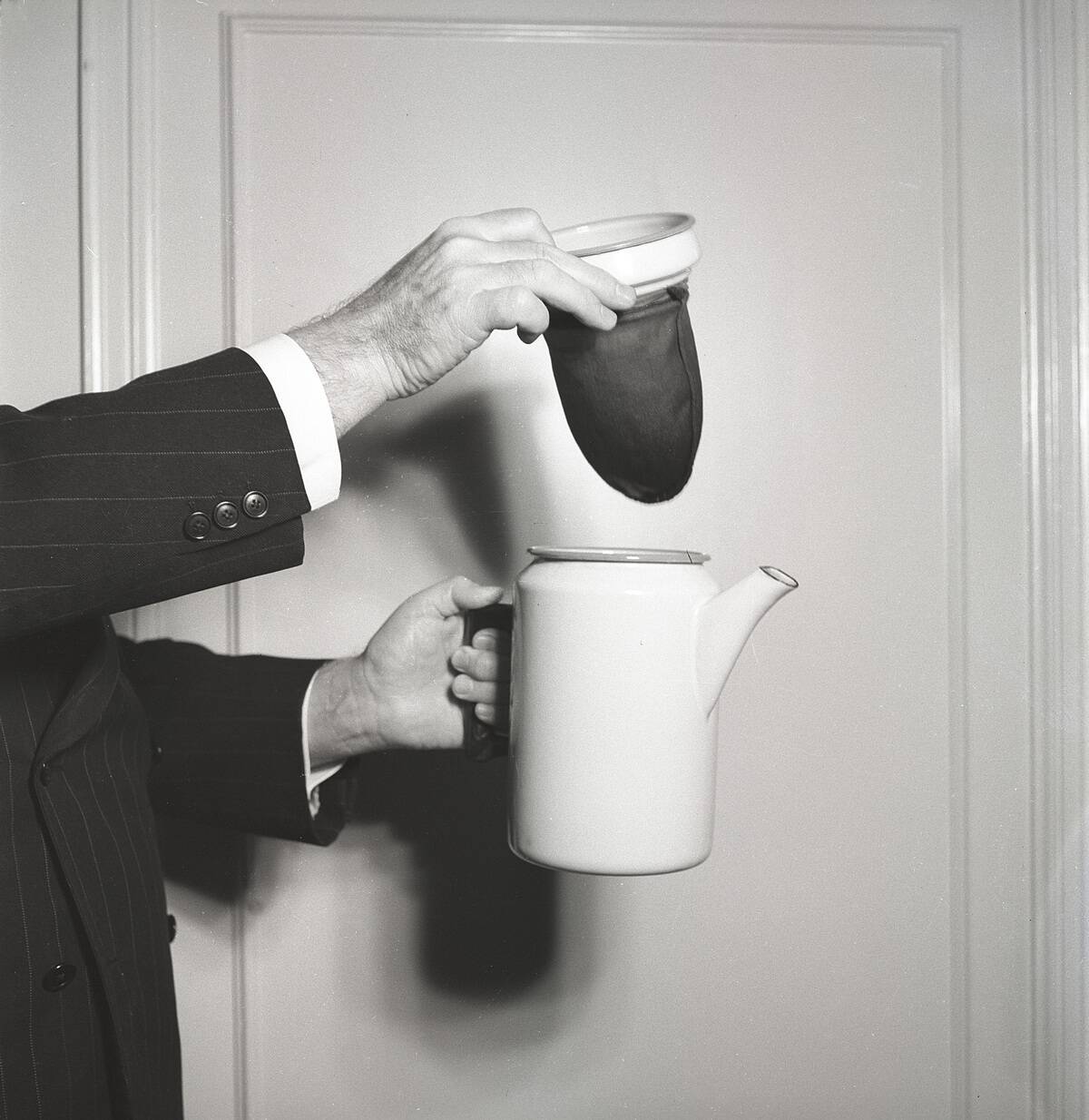
The coffee filter, invented by Melitta Bentz in 1908, was initially seen as unnecessary by coffee purists. However, its ability to produce a cleaner, smoother brew won over skeptics. As coffee culture evolved, the filter became a beloved tool for enthusiasts seeking the perfect cup. Today, it’s an essential part of many morning routines, celebrated for its contribution to a better brew.
The Sewing Machine: Stitching Through Skepticism
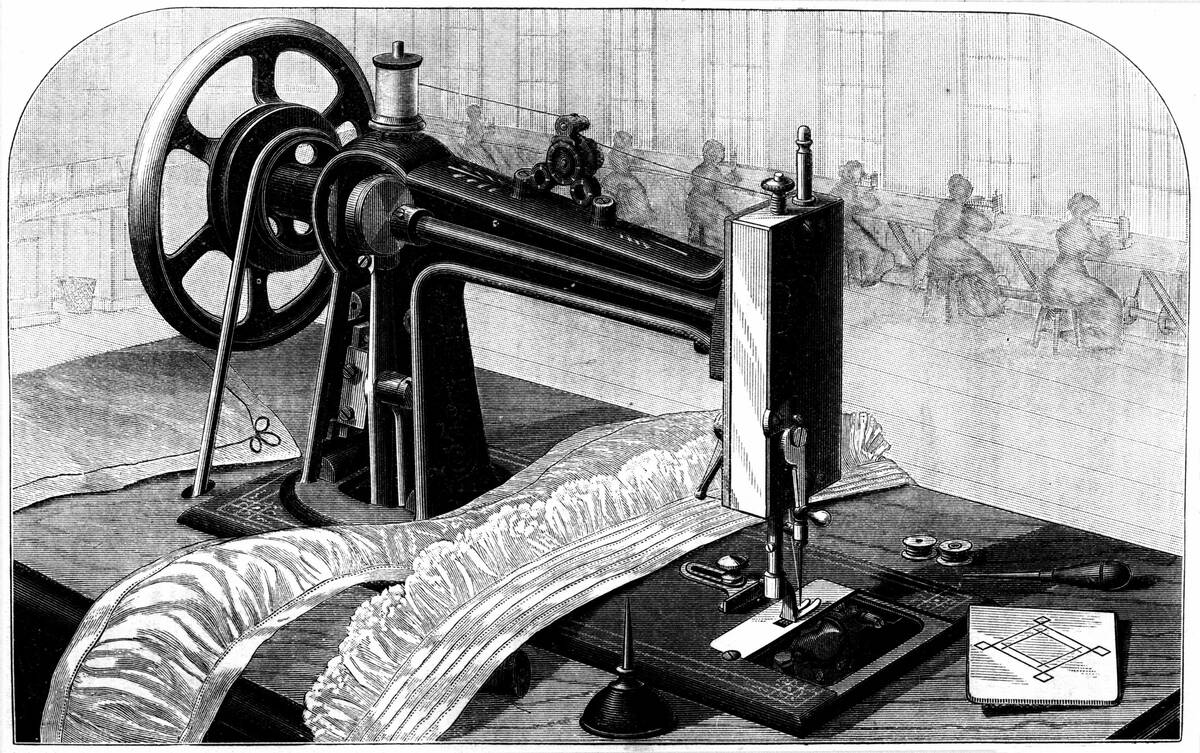
The sewing machine, patented in the mid-19th century, faced resistance from tailors and seamstresses who feared job losses. It was also seen as a complex and costly contraption. Over time, its ability to produce clothing faster and more efficiently changed perceptions. The sewing machine revolutionized the textile industry and continues to be a vital tool for professional and amateur sewers alike.
The Elevator: From Vertical Transport to High-Rise Essential
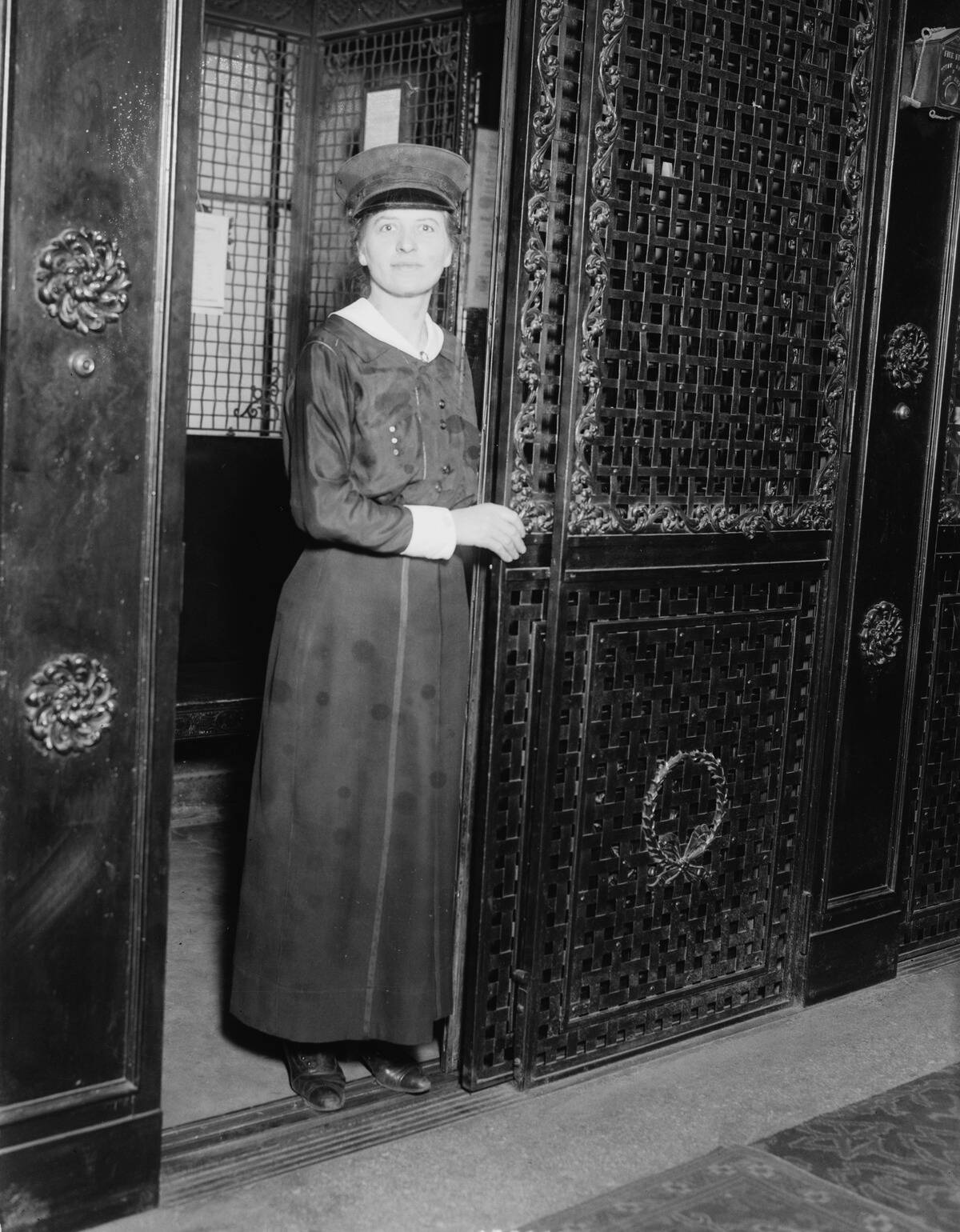
The elevator, first introduced in the mid-19th century, was met with apprehension. People doubted its safety and necessity, preferring the reliability of stairs. However, as buildings reached new heights, elevators became crucial for accessibility and convenience. Today, they are indispensable in urban landscapes, enabling skyscrapers and making vertical living feasible for millions.



